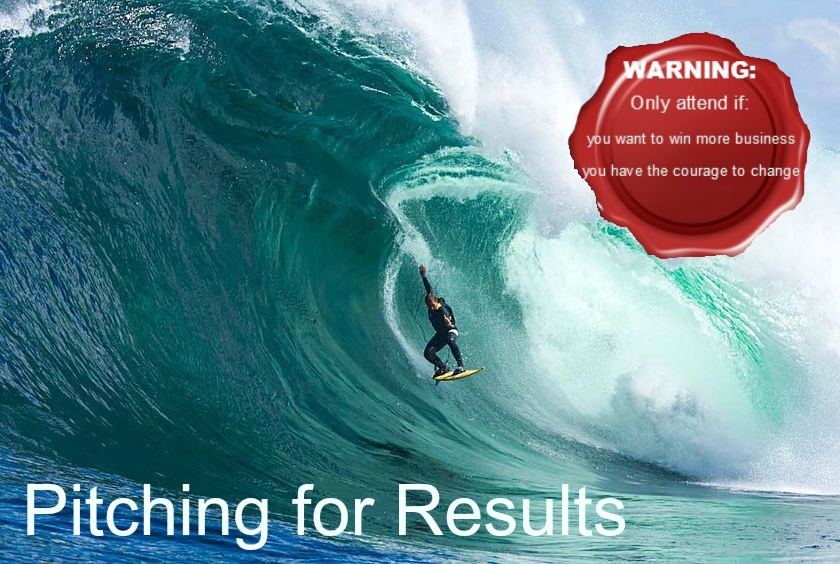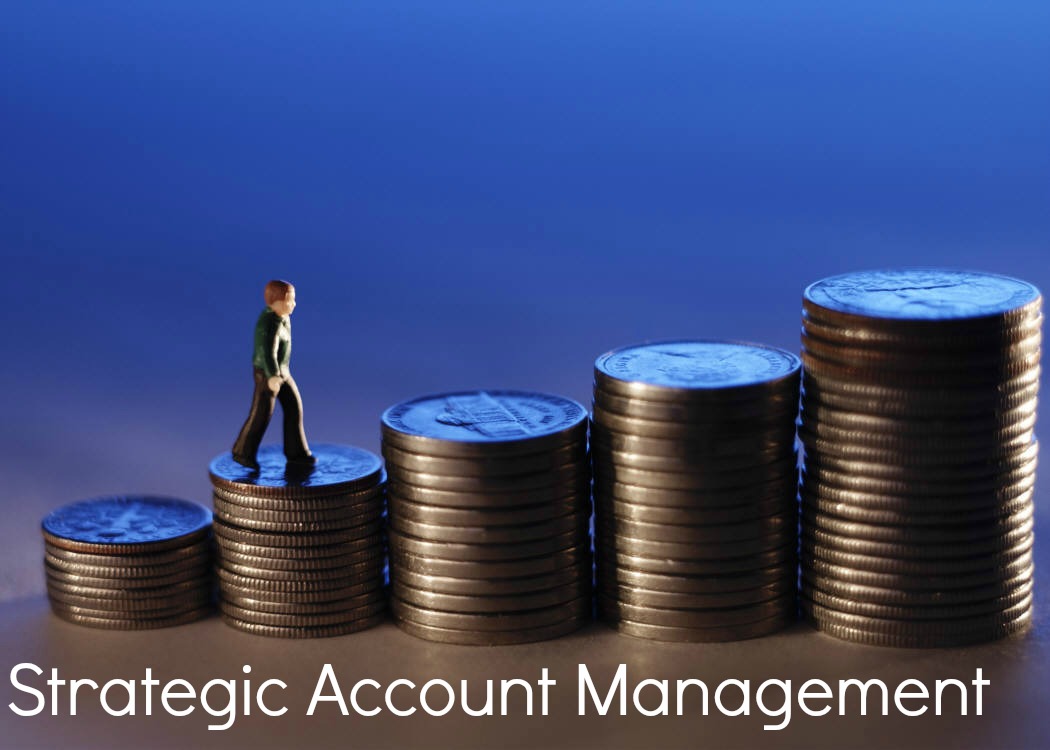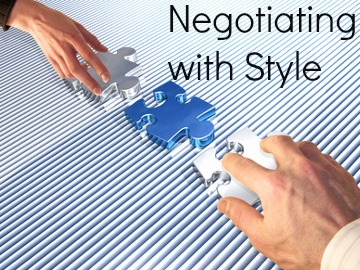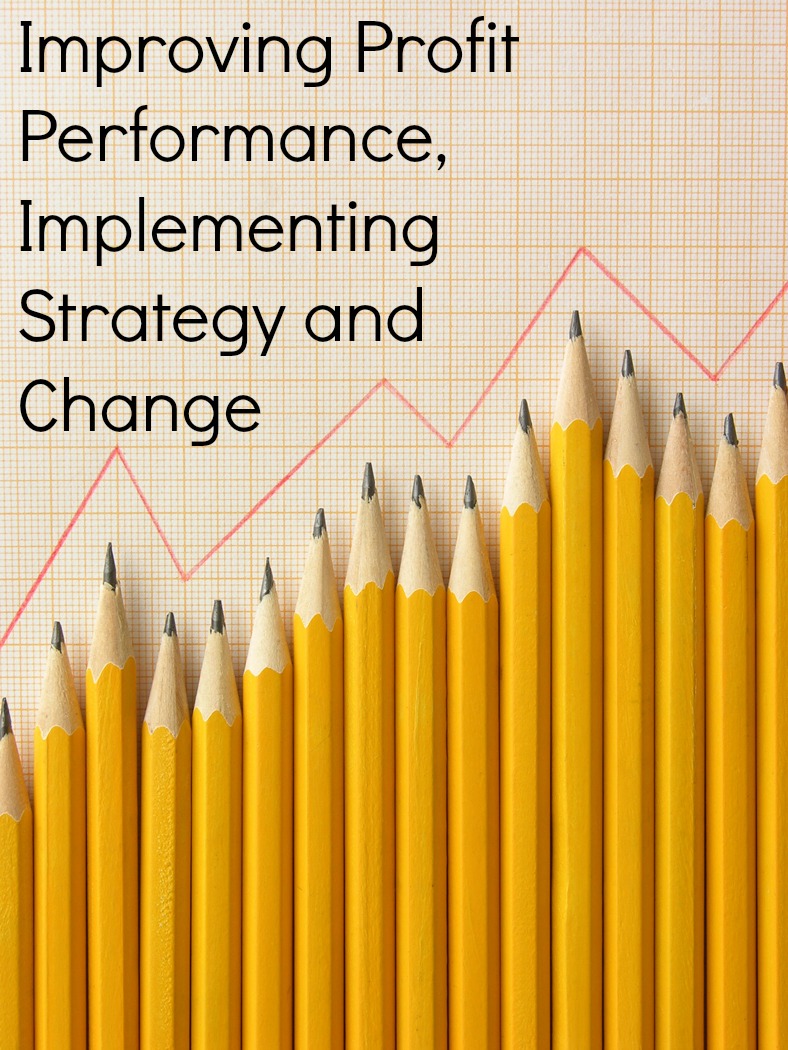How to pick a winner?
 Wednesday, October 30, 2013 at 11:16AM
Wednesday, October 30, 2013 at 11:16AM By Gary Peacock
 As the excitement mounts for the Melbourne Cup, the horse race that stops Australia, many people are trying to pick winners. In horse racing you win, not by listening to what the owners say, you win by looking at form: what the horses have done.
As the excitement mounts for the Melbourne Cup, the horse race that stops Australia, many people are trying to pick winners. In horse racing you win, not by listening to what the owners say, you win by looking at form: what the horses have done.
“The spirited horse, which will try to win the race of its own accord, will run even faster if encouraged.” Ovid.
In business, with your customers, how do you pick winners? By winners we mean profitable and loyal customers. Similar to horse racing don’t listen to what customers say, you win by watching what customers do. In some markets when a customer says they want to partner with you, what they mean is they just want to reduce your prices to take some of your margin. If they really wanted to partner you would see some specific actions to show they were serious about building a stronger and deeper business relationship. Later we will explain what you should see if your customer is serious about being a partner.
Our first tip about picking winners is a technical one: segment your customers. By segmenting we don’t mean what the marketing department means— segmenting using customer demographics and customer needs. We mean segment customers by their relationship with you.
We use a simple method: how important is the relationship with you to them; how much value do you deliver to them, as they see it. This gives us four possible segments:
|
Relationship (to them) |
Value (To them) |
Segment |
|
Low |
Low |
Transactional |
|
Low |
High |
Technical |
|
High |
Low |
Relationship |
|
High |
High |
Partner |
To pick winners, once you segment your customers you must treat them how they want to be treated. Some people think winners can only come from the Partner segment. In our experience, winners can come from any of the four segments.
For the sake of brevity, we will discuss just two segments. Transactional customers are the toughest. They want your lowest price and fastest delivery. Nothing else. Spending time on relationships or spending time sharing technical information is wasting time and wasting money.
If you want to pick a winner with a Transactional account: make it as easy as possible for the customer to do business with you. Find ways to automate transactions and take all possible costs out of the relationship. Spend less time and money with them. Automate the transactions in ways which build barriers to your Transactional customer swopping to another supplier. Can you create unique connections to their systems and processes?
Some of your people will resist automating transactions and talk of moving this account to another segment. In our experience, it is tough to move a Transactional account to another segment. If you are going to assign time, money and people to moving an account from one segment to another, then try to move a Technical account to a Partner account. It’s easier and more likely to succeed.
So, how about customers in the Partner segment? Typically, your staff want to put more of your customers in the Partner segment than belong there. The killer question is: how much of their time, money and people are they investing in the relationship, compared to your company? If you have been investing far more in the relationship for more than two years, then this customer does not belong in the Partner segment.
If your customer is serious about being a Partner, then what should you see? Over two years you should see more of their people, more senior of their people attending more meetings to discuss more strategic issues in their business. If you see this, you have picked a winner.
For more insights into segmenting customers look at: http://www.gordianbusiness.com.au/strategic-account-management/ or contact us on +61 2 9450 1040 or email gary@gordianbusiness.com.au. Please share your comments below and subscribe at the top right of the page.














